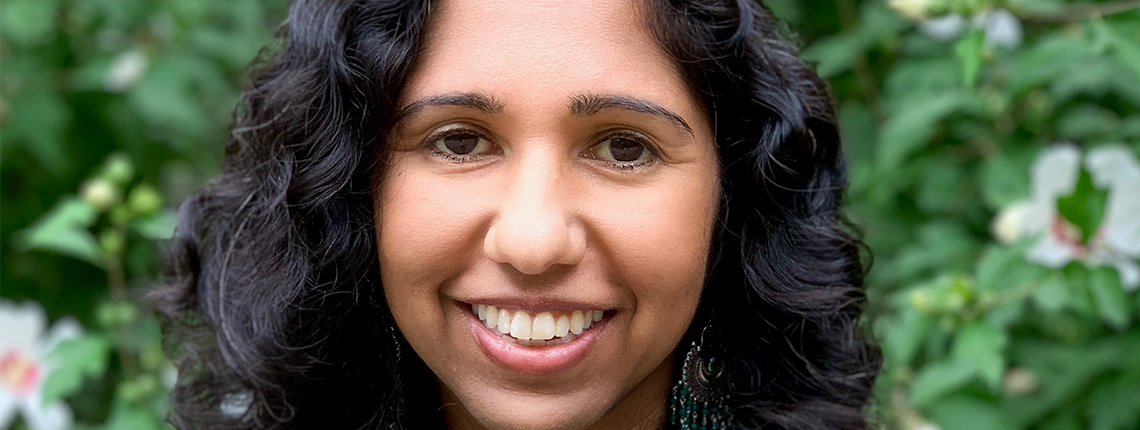Chemist
Chemists are architects on a tiny scale. They design and build molecules, structures composed of atoms. By precisely combining chemicals and sometimes using catalysts (molecules that help a chemical reaction happen more quickly), chemists create materials suited to all sorts of different uses, from gasoline to carbon fiber to life-saving medicines. They also investigate the molecular structure of different types of already-existing matter. For instance, Geochemist Ryan Venturelli analyzes the sediment that she and her colleagues pull up from the land beneath Antarctica’s ice.
Analytical Chemist Jill Venton, a neurochemist, studies the chemicals at work in our brains. She and her team of scientists use 3-d printers and carbon nanotubes to explore chemical changes in brains as they confront diseases like Parkinson’s.
Computational Biophysical Chemist Mala L. Radhakrishnan asks how we can “take advantage of how nature has assembled molecules…to engineer novel kinds of technology.” She uses her understanding of chemistry to help develop new ways of treating diseases, from HIV to Alzheimer’s. Originally inspired by her students and by the Boston Poetry Slam, Radhakrishnan also writes poetry to help the public and people taking her classes understand chemistry.
Analytical Chemist William C. Johnson works in the paper industry, helping create cartons that can hold liquids without leaking and other useful products. He uses chemistry to analyze the effects of different molecules on the surface of paper: how do those molecules interact with liquids and other materials the paper will touch? Wing-Sy DeRieux, an atmospheric chemist, analyzes chemicals given off by products during manufacturing and use. She makes sure companies are not releasing chemicals into the atmosphere in quantities that are dangerous for people and other species.
Biochemist and Cancer Researcher Eugene DeSombre discovered how different breast cancers react to estrogen and developed a test for that, helping doctors figure out how to treat different cancer patients. Physical Chemist Barbara Hopf Offenhartz studied the molecular structure of vitamin B12 and of hemoglobin, the chemical that makes blood red. Peter O’Donnell Offenhartz (married to Barbara) used his expertise in physical chemistry to investigate ways of improving different forms of alternative energy including solar and geothermal power. He worked with various kinds of batteries, used computers to explore the structure of complicated molecules, and helps solve his neighbors’ communication and technology problems.




